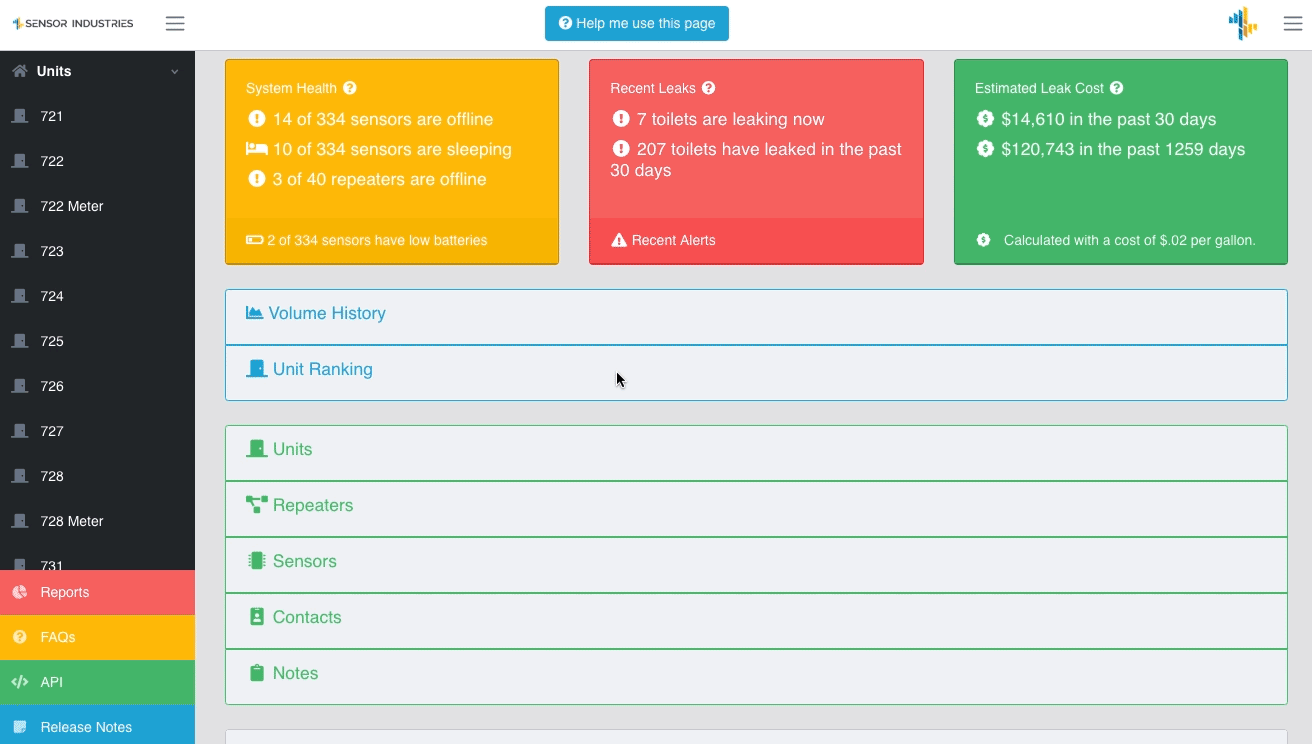Discover how multifamily properties are shifting from reactive to predictive water management through smart sensors and AI-powered maintenance solutions.
For decades, water management in multifamily housing has followed a reactive playbook: wait for a leak, then send in maintenance. But in 2025 and beyond, that approach no longer cuts it. Between rising utility costs, aging infrastructure, and growing pressure to reduce environmental impact, multifamily property owners are shifting toward a smarter, more proactive model – one that’s powered by real-time data, machine learning, and predictive analytics.
The next evolution of water management is already here, and it’s not just about saving water – it’s about protecting assets, improving NOI, and staying ahead of risk.
The Problem with Reactive Maintenance
In traditional maintenance workflows, water leaks often go undetected until visible damage appears or a resident reports a problem. By that point, the costs are already stacking up:
- Water waste from undetected leaks
- High utility bills
- Property damage to floors, drywall, and foundations
- Mold and liability risks
- Resident dissatisfaction
This reactive model doesn’t scale well in larger portfolios, where even a small percentage of unseen leaks can quietly drain resources.
The Predictive Shift: Smart Sensors + AI
Enter predictive water management: an integrated system of sensors, software, and analytics designed to detect problems before they become costly. Here’s how it works:
- Real-Time Sensor Monitoring: Smart toilet and flood sensors capture continuous data from units across the property.
- Automated Alerts: The moment a leak or anomaly is detected – like a continuously running toilet or unexpected water flow – maintenance teams receive a targeted alert.
- Preventive Action: Teams can get to repairs quicker than ever, reducing waste and minimizing resident disruption.
This isn’t just automation – it’s intelligence that scales with your portfolio.

Why Predictive Water Management Matters Now
Several factors are accelerating the shift to predictive tools:
- Insurance pressures: Carriers are increasingly scrutinizing water damage claims. Predictive tools help lower risk profiles and potentially reduce premiums.
- ESG compliance: Sustainability goals and local regulations are demanding better water stewardship.
- Labor efficiency: AI-driven systems allow lean maintenance teams to prioritize high-impact tasks without relying on guesswork.
- Tenant expectations: Renters are tech-savvy. They expect modern, well-maintained units and fast service.
What’s Next: AI-Powered Maintenance Across Building Systems
Water is just the beginning. The same technologies driving predictive water management are expanding to other core systems, including:
- HVAC performance tracking
- Electrical fault detection
- Smart metering and usage forecasting
- Asset lifecycle predictions
Soon, multifamily portfolios will be able to run much like data centers – continuously monitored, intelligently optimized, and economically efficient.
Bottom Line
Predictive water management isn’t a future trend – it’s a present-day advantage. Multifamily owners who invest in sensor-based infrastructure today are setting themselves up for fewer surprises, tighter budgets, and happier residents tomorrow.
Book a demo today to learn how Sensor Industries can help you modernize your water management strategy, reduce risk, and drive NOI.

